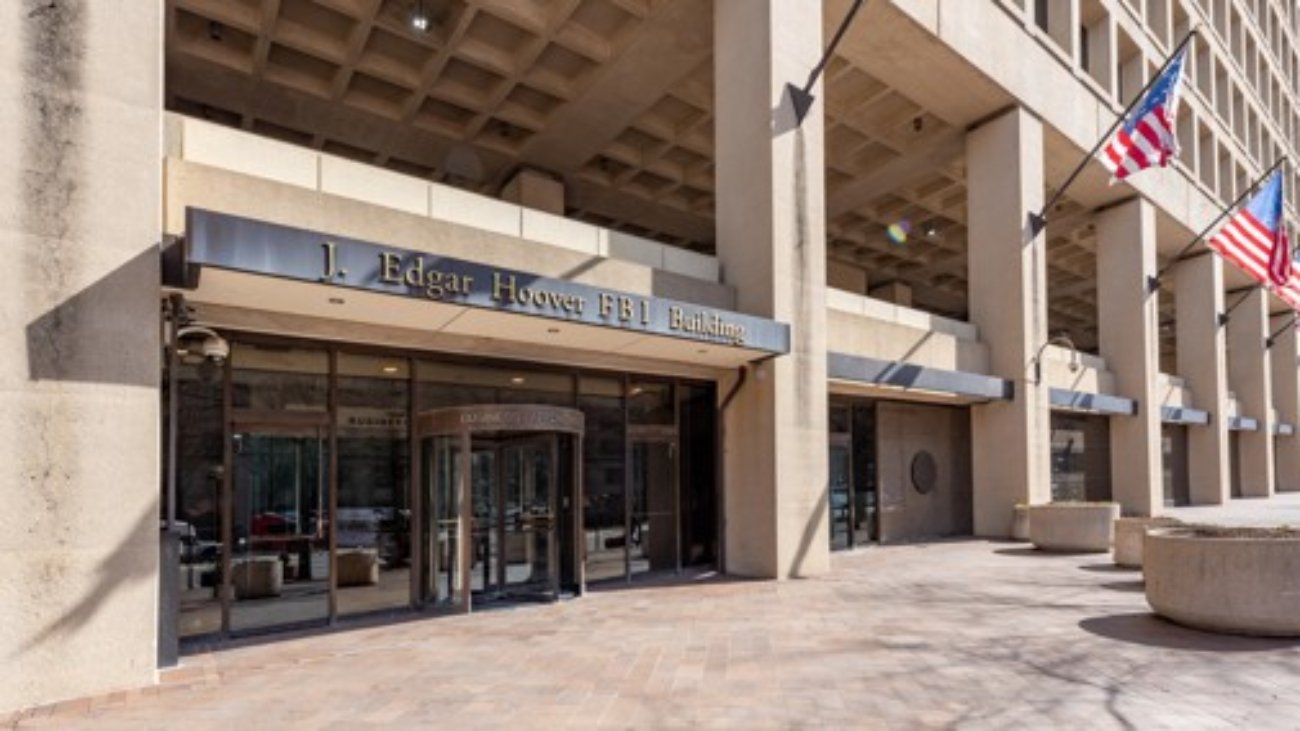The FBI and Defense Criminal Investigative Service launched a joint raid Tuesday morning at Carahsoft’s Reston, Va., headquarters. Law enforcement officials confirmed the raid but have yet to share details on what prompted the seizure of company records.
“We can confirm that DCIS executed a joint search warrant operation with the FBI in northern Virginia yesterday morning. We have nothing further to add, as this is an open investigation,” a spokesperson for the Defense Department’s audit office said in a statement.
Richard Conway, an attorney for Carahsoft, did not return a request for comment. A company spokesperson also did not comment on the new details of the raid.
News of the raid prompted speculation about possible — but thus far unsubstantiated — links to an ongoing court case that was filed in the U.S. District Court for the District of Maryland last year and involved efforts to defraud government agencies. The names of the vendors allegedly involved in the scheme were redacted. A report in Bloomberg, citing an unredacted filing, named SAP and noted that prosecutors were also examining other resellers and a unit of Accenture.
Both companies issued statements to Nextgov/FCW indicating they were cooperating with the Justice Department in a civil investigation.
Carahsoft employees were told Tuesday the raid was “part of an investigation into a company with which Carahsoft has done business in the past” and that the company is fully cooperating and “operating business as usual,” according to an email sent by Carahsoft President Craig Abod and obtained by Nextgov/FCW.
Carahsoft is a leading IT vendor and reseller of technology products and services to public sector organizations, with prime spots on key federal governmentwide acquisition contracts such as NASA’s Solutions for Enterprise-Wide Procurement and the General Services Administration’s Multiple Award Schedule.
The raid occurred during the busiest time of the year for federal contractors. The U.S. government’s fiscal year ends Sept. 30, where agencies have to finalize budgets, allocate remaining funds and push through last-minute contracts before the deadline.
A Carahsoft employee, speaking on the condition of anonymity for fear of retaliation, said that account representatives handling client relationships were directed by team leads to calm down vendors and assure them that there was nothing to fear.
The ongoing civil case
Documents filed in the U.S. District Court for the District of Maryland last year indicate that the U.S. is looking into “whether Carahsoft conspired with other companies to rig bids, inflate prices, overcharge, and defraud the Department of Defense (DoD), among other federal government agencies” when it resold the products. The specific companies in question were redacted in the documents that Nextgov/FCW had retrieved.
For a year, Carahsoft “had not produced the full set of transaction records (including but not limited to the communications, solicitations, proposals, quotes, bids, award notices, orders, purchase orders, and invoices) for even a single project” for the Justice Department and others involved.
For months, frustration had mounted among DOJ lawyers, who claimed in court proceedings that the government’s document requests and inquiries appeared to be delayed or unfulfilled by Carahsoft.
“We have offered to rewrite the question, but the response we’ve gotten from Carahsoft is saying that they don’t want to answer the question,” Justice Department trial attorney Samson Asiyanbi said. “And it seems to us that they just don’t want to answer it. And rather — because they don’t want to answer it, they are coming up with all sorts of reasons why they shouldn’t be required to do so.”
Carahsoft paid a $75 million fine to the government in 2015 to settle claims that the company and partner firm VMWare overcharged the government and concealed commercial pricing arrangements. Carahsoft did not admit wrongdoing in the settlement.
GovExec’s Frank Konkel and Washington Technology’s Nick Wakeman and Ross Wilkers contributed to this report.
Editor’s note: Carahsoft is an advertising client of GovExec360.











